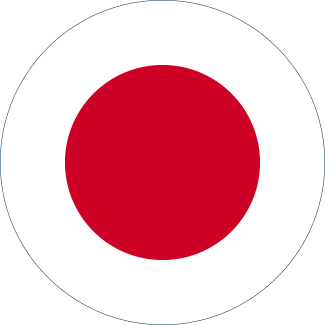
Japan is a constitutional monarchy, with the emperor serving a largely symbolic role. The Japanese archipelago includes over 3,000 islands; its four main islands are Hokkaido, Honshu, Shikoku, and Kyushu. Over 98% of the population is mono-ethnic Yamato Japanese; ethnic Koreans, Chinese, and indigenous peoples comprise the remainder. The Japanese language belongs to an independent linguistic family, however almost half of all Japanese words are “loanwords” from Chinese. There are three Japanese scripts: hiragana (for native Japanese words), katakana (for non-Japanese loanwords), and kanji (for Chinese loanwords). The dominant religion in Japan is a blend of Shintoism and Buddhism.
Japan was ruled for centuries by a series of imperial dynasties. Samurai lords (shogun) ruled in the emperor’s name from the 12th century until 1868, when the Tokugawa Shogunate was defeated and a new constitutional monarchy, the Meiji, was established. Japan’s final imperial ruler, Emperor Hirohito, led an aggressive expansion, seizing territory from China, Russia, and Korea, and, after World War I, parts of French Indochina. Attempting to check Japan’s ambitions, the United States imposed a freeze on Japanese assets and an oil embargo, a containment effort later joined by Britain. Japan aligned with Germany and Italy as World War II’s Axis powers in 1940 and attacked Pearl Harbor in 1941. After losses on the Pacific front and the atomic bombing of Hiroshima and Nagasaki, Hirohito’s surrendered in September 1945.
In the aftermath of World War II, the United States occupied Japan and oversaw wide-ranging reforms. The immediate postwar era prioritized disarmament, democracy building, and international reintegration. Japan’s new constitution codified a symbolic role for the emperor and included a “Pacifist Clause” eliminating the government’s power to declare war. The legal system underwent considerable restructuring including the introduction of adversarial-type procedures into Japan’s civil law-based framework.

The Six Codes
Japan’s legal system is based on the roppō (“Six Codes”):
The Constitution of Japan
The Civil Code • The Code of Civil Procedure
The Criminal Code • The Code of Criminal Procedure
The Commercial Code
Court System
There are five types of courts in Japan:
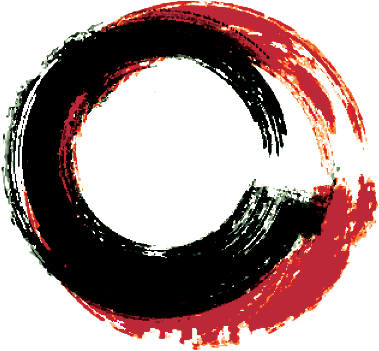
Summary Courts
Summary courts handle civil lawsuits involving claims up to 1.4 million yen, small claims, and civil mediation, as well as minor criminal cases and those designated by statute (e.g., theft and embezzlement).

Family Courts
Family courts have jurisdiction over domestic relations and juvenile cases, including family conciliation, personal status, and adoption.

District Courts
District courts are the courts of first instance for civil, administrative, and criminal cases—except those specifically assigned to other courts. They have appellate jurisdiction over first-instance judgments in civil cases from the summary courts. A single judge presides over most cases; a three-judge panel hears appeals from the summary courts, more serious criminal cases, and other select cases.

High Courts
High Courts hear appeals from the lower courts (i.e., district, family, and summary courts), unless a statute designates otherwise. Criminal verdicts are appealed directly to a high court; civil judgements from summary courts are heard by the district court before appeal to a high court. High Courts also have jurisdiction over cases involving elections, criminal insurrection, and decisions issued by quasi-judicial agencies. Japan’s Intellectual Property High Court has exclusive jurisdiction over patent cases and appeals from the Japanese Patent Office. High Court judges usually sit in three-judge panels; five-judge panels are reserved for cases involving insurrection, disciplinary cases, and some patent cases.

The Supreme Court
The Supreme Court is the highest court in Japan, hearing final appeals from the High, District, Family, and Summary Courts and correcting erroneous interpretations of the constitution. The Supreme Court has limited original jurisdiction. There are fifteen justices on the court. Five-justice panels, each called a “petty bench,” are assigned to civil, criminal, or administrative cases. The “Grand Bench,” with all fifteen justices, hears the cases involving constitutional interpretation as well as referrals from a petty bench when there have been conflicting petty bench rulings.
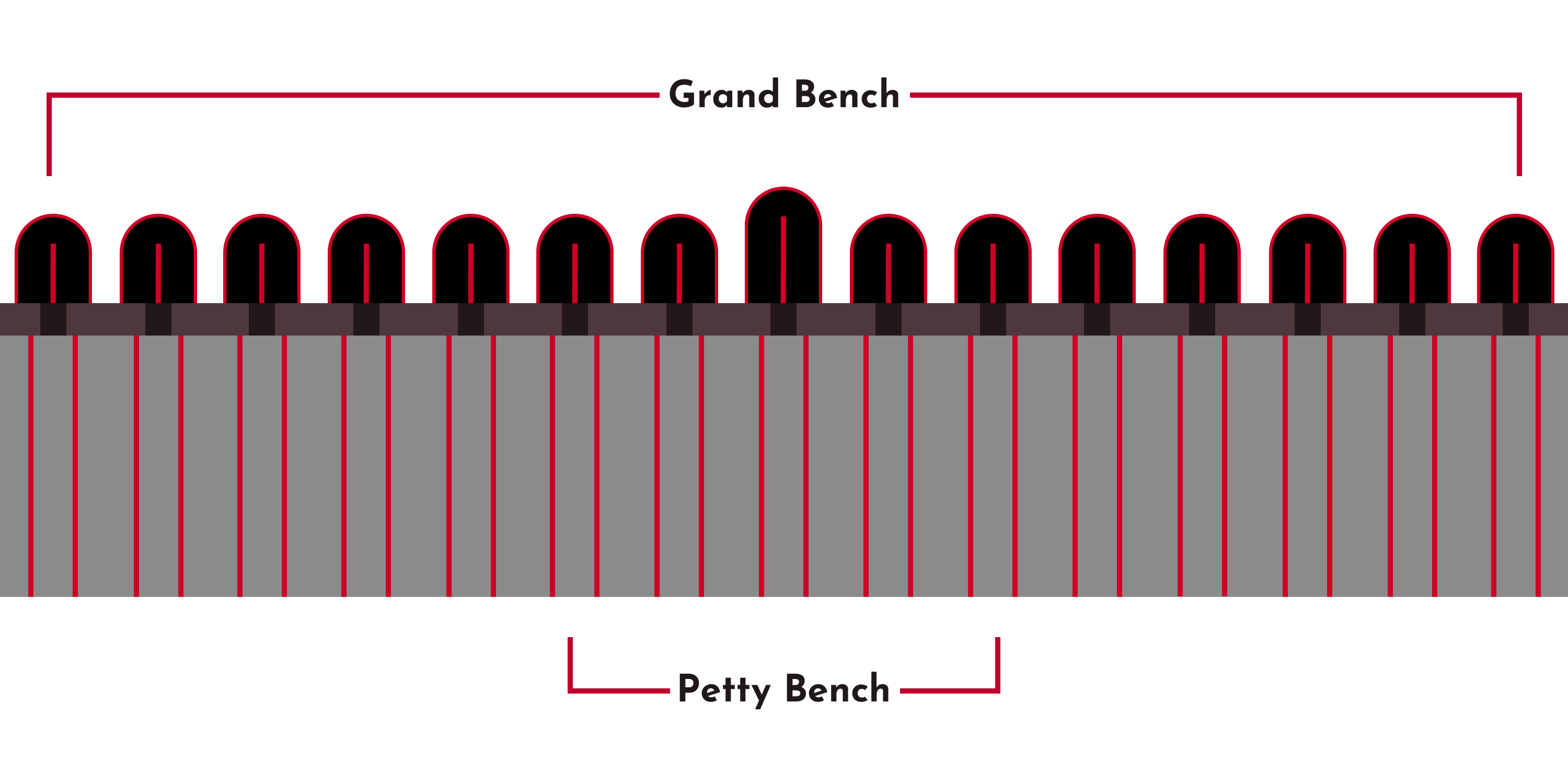
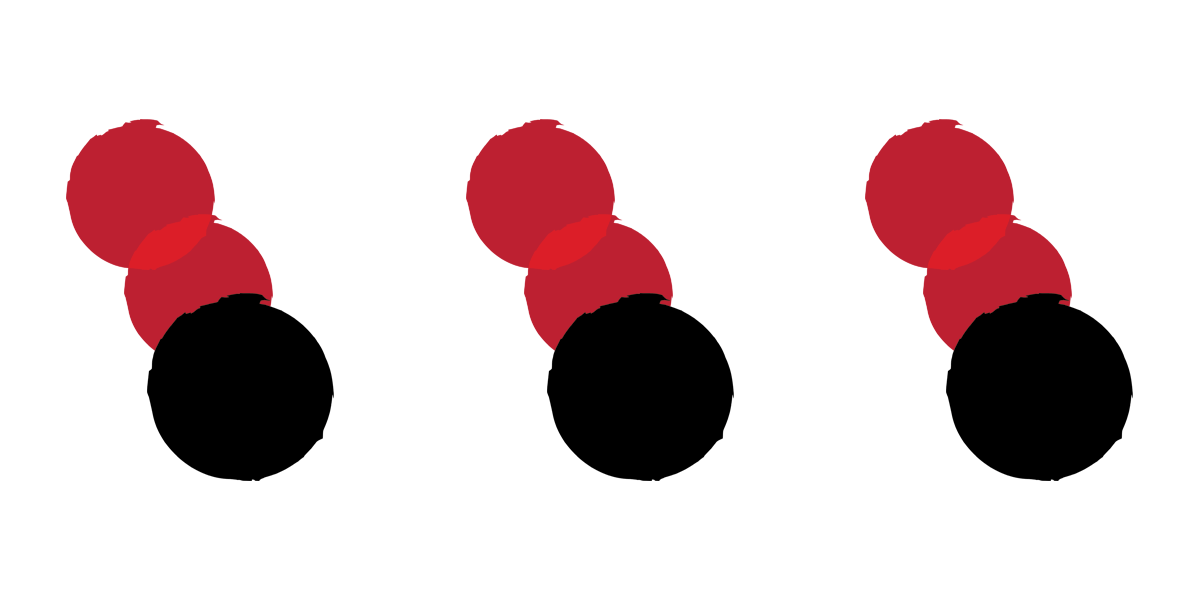
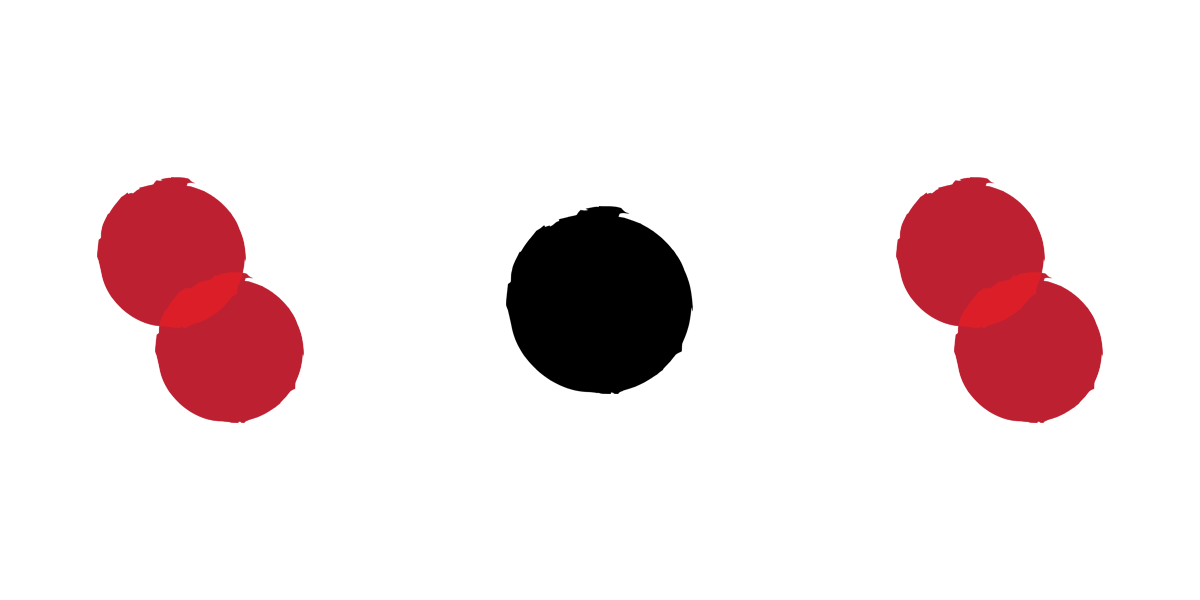
Saiban-In Seido (“Lay Judge System”)
The first recorded Japanese account of trial-by-jury dates to 1873, when Meiji historian Kunitake Kume published his observations of a jury trial in Paris. Kume’s description generated much interest, leading to the judiciary’s experimentation with different lay participation systems. In 2009, Japan implemented saiban-in seido for serious criminal cases. Under the saiban-in system, citizens sit with professional judges to hear evidence, deliberate, and impose sentences. Citizens are selected for saiban-in service through a voter registration roll lottery. Most saiban-in trials have a three-judge panel and six lay judges; in trials with a single presiding judge, there are four lay assessors.
In the saiban-in system, lay judges and professional judges are viewed as equals. Professional judges act as guides, helping lay judges understand applicable laws and precedent. Verdicts and sentences are decided by majority opinion, as long as the majority includes one lay judge and one professional judge. The system permits lay judges’ substantial participation in trials, including the ability to question witnesses. Advocates of saiban-in believe that it contributes to democratic engagement, civic education, and increased trust in the criminal justice system.
Legal Education
In the early 2000s, Japan realized that more attorneys were needed to support the growing regulatory state and increased transnational business. The Justice System Reform Council of Japan published a set of recommendations to modernize legal education. Prior to the reform, the study of law was a four-year undergraduate degree designed to provide a “general education with a major in law.” Students interested in entering the legal profession took a bar exam; the low pass rate for the exam, 1% to 3%, led to the shortage of lawyers.
The Council introduced graduate legal education, following the American “law school” model, and a new national bar exam. Graduates who pass the bar exam enroll in an apprenticeship program through the Legal Training and Research Institute of Japan (LTRI). The Institute provides training and has a research office. LTRI graduates are eligible to become assistant judges, public prosecutors, or practicing attorneys. Because Japanese judges often begin their careers directly after their apprenticeships, they tend to be younger than their counterparts in other countries.
Judicial Selection, Tenure, and Appointment
The emperor exercises ceremonial authority over the judicial appointment process. Japan’s Cabinet, the top executive body, has actual authority. The Chief Justice of the Supreme Court is appointed by the emperor based upon the Cabinet’s nomination; associate justices are appointed by the Cabinet with the emperor’s approval. Members of the supreme court are drawn from the lower courts, prosecution service, bar, and legal academia. Justices are subject to retention elections every ten years until they reach the mandatory retirement age of seventy.
Lower court judges are appointed by the Cabinet from a list of nominees prepared by the Supreme Court and reviewed by a special advisory committee on nominations. They usually begin their career as assistant judges, meaning that they serve as part of a collegiate body for at least five years until nominated by the Supreme Court to hear cases alone. Lower court judges serve renewable ten-year terms with a mandatory retirement age of sixty-five. Summary court judges also serve renewable ten-year terms, with a mandatory retirement age of seventy.
Career judges are assigned to a multitude of posts, typically for three-year periods. Newer assistant judges traditionally start in Tokyo, Osaka, or another large metropolitan area. Judges are assigned throughout the country during their three-year periods but eventually are assigned to a single region for the remainder of their career. Routine judicial rotation not only offers a geographically diverse experience for judges but also provides an opportunity to serve in different types of courts. The rotation period may include assignment to the Supreme Court as a research or administrative assistant; this post is often followed by service as a senior or presiding judge of a lower court.
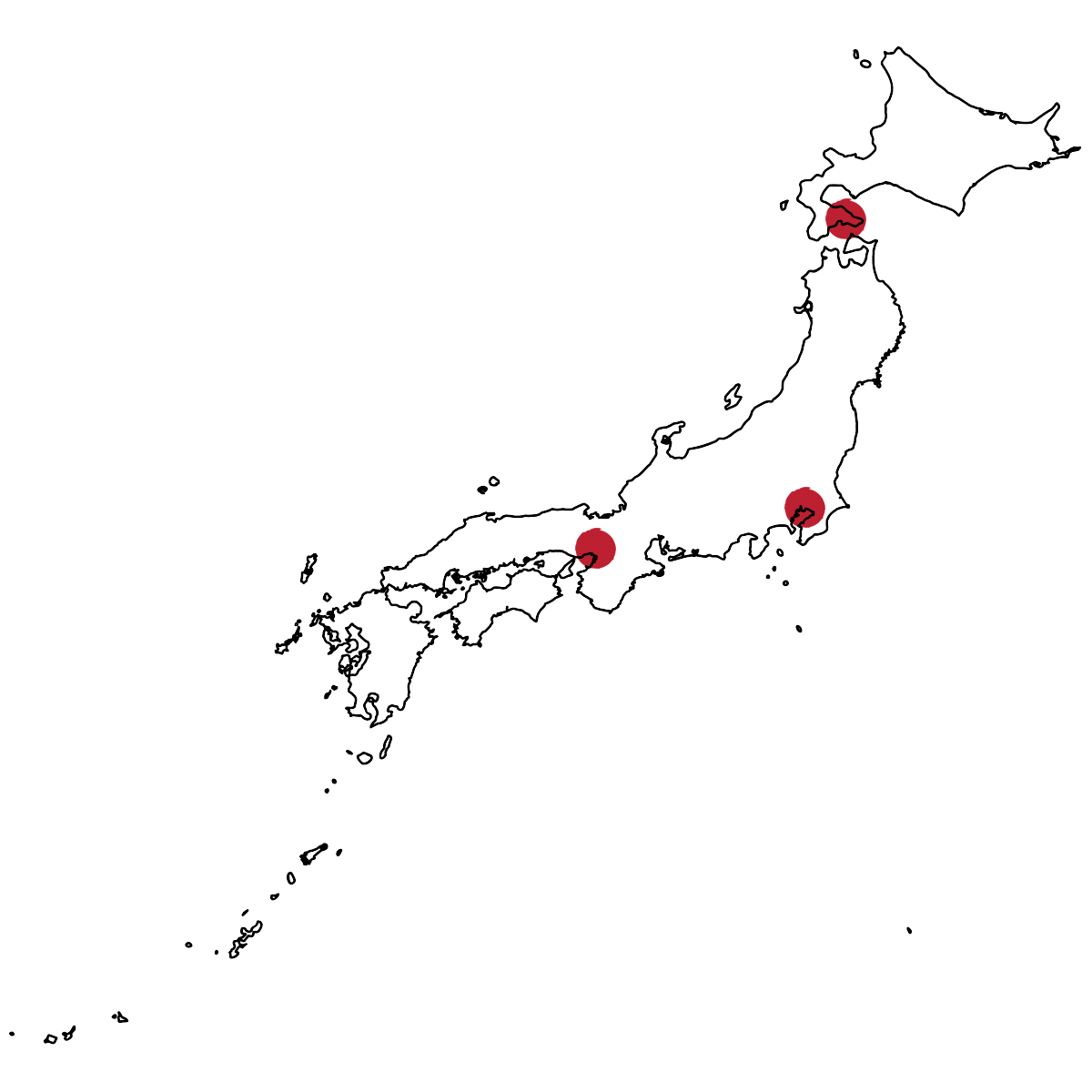
Pretrial Detention
Japan’s Criminal Procedure Code requires the police to send documentation of an arrest to the prosecutors’ office within 48 hours. Suspects must be released within 24 hours unless the prosecutor secures a detention warrant. A detention warrant will be issued if the judge determines there is probable cause and one of the following applies: the suspect has no fixed residence; probable cause exists to believe the suspect may conceal or destroy evidence; or there is a risk of flight. Detention warrants are limited to 10 days but may be extended for another 10 days if deemed necessary.
Release on bail is not available during this pretrial detention period, which can extend to 23 days. In response to concerns about extended pre-indictment detention, reforms were introduced in 2016, including mandatory video recording of interrogations and expanded right to counsel. Once criminal charges are filed, defendants may request pre-trial release. If bail is granted, the court may impose additional conditions such as keeping away from victims and witnesses . In 2023, the Criminal Procedure Code was amended to allow GPS monitoring devices as a condition of bail.
Right to Counsel
The Japanese Constitution guarantees the right to counsel. Until 2018, a court-appointed attorney was provided only post-indictment. Counsel is now available to indigent criminal defendants upon arrest. The Japanese Bar Association Toban-Bengashi (attorney on duty) system provides free representation to indigent criminal defendants. Suspects or their families may request Toban-Bengashi counsel to come to the police station to represent the accused.

